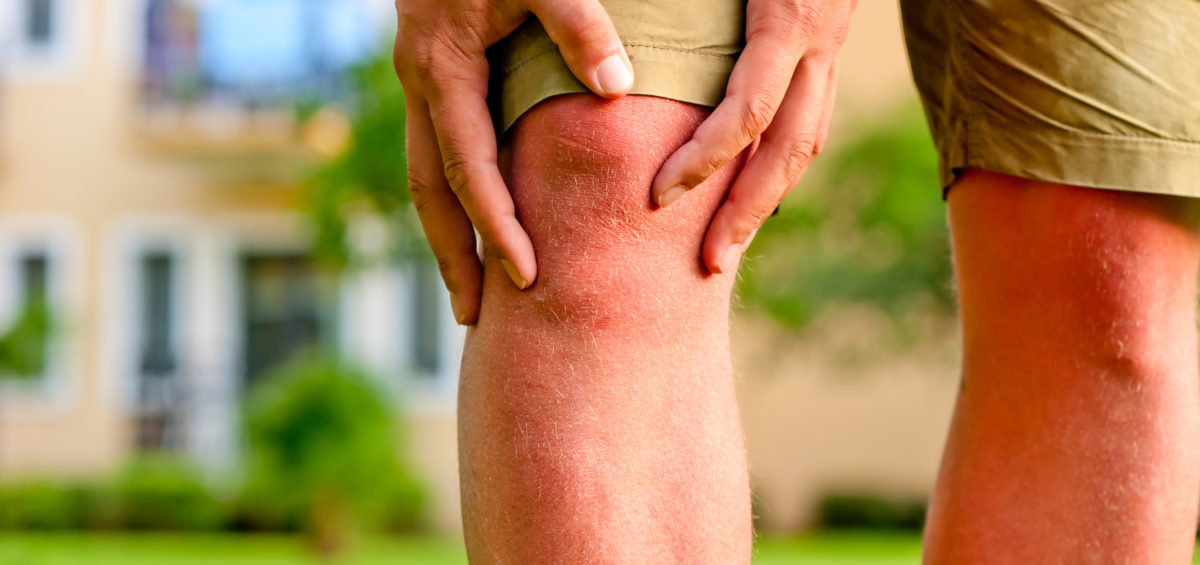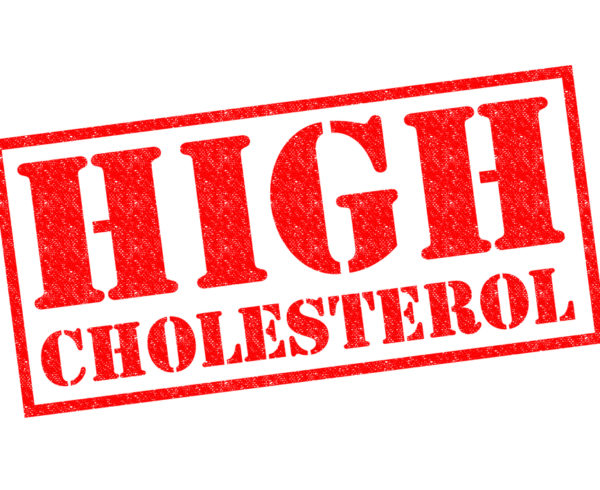Millions of people in North America suffer from osteoarthritis, a progressive condition where the cartilage in your joints begins to break down. The result is the loss of the protective shock absorbent layer between your bones, which often results in pain, tenderness, inflammation and decreased range of motion. X-ray findings normally show reduced space between the joints (where the cartilage normally resides), and bony nodules. Most often the larger weight-bearing joints such as the hips, spine, and knees are affected because of the stress and strain of movement and weight on these joints. However, many people experience osteoarthritis in their hands as well.
Stress placed upon cartilage in our joints results in the release of specific enzymes which destroy and break down it down. This process worsen with age as the body loses some of its’ ability to repair and product healthy cartilage structures. Other factors include: trauma (surgery, fractures), inflammatory diseases of the joint (Rheumatoid arthritis, gout) and inherited abnormalities in the joint structure or function.
NSAID USE: A STRONG WORD OF CAUTION
Many doctors prescribe Aspirin, Ibuprofen and Cox-2 inhibitors such as Vioxx and Celebrex to suppress the symptoms of osteoporosis. While these drugs can be effective in blocking the enzymes that produce pain in the body and provide some short-term relief, they also block the critical enzymes that are needed to manufacture cartilage. So, essentially while they are busy reducing pain, these drugs are also actively facilitating the destruction of the very cartilage you need!
NSAIDs are only recommended for short periods of time and not safe to take on a daily basis as they can cause minor issues like stomach upset, headaches, dizziness and more serious effects such as peptic ulcers, strokes and heart attacks. In fact, over 7,500 deaths each year in the United States are directly attributable for NSAID use.
There must be a better way….
A HEALTHIER APPROACH TO OSTEOARTHRITIS
There are a few key recommendations I provide for my patients suffering from osteoarthritis, which I will detail below:
Maintain an optimal body weight: any additional weight you carry puts increased stress on your already vulnerable weight-bearing joints
Fruits & Veggies are your friends: Blueberries, cherries, blackberries, strawberries, garlic, onions, cabbage, and brussel sprouts contain plant compounds that can protect against any further cellular damage throughout the body and within your joints
Heat things up with ginger: ginger contains active anti-inflammatory enzymes which have been clinically shown to reduce pain and inflammation levels and improve joint mobility
Give your body the support it needs to heal: Following are some of the clinical supplements that have been proven effective in medical clinical trials.
Glucosamine Sulphate: Glucosamine acts directly on the joints by stimulating the production of glycosaminoglycans (GAGs) which are the key structural components of cartilage. Essentially it addresses the causes of osteoarthritis by promoting cartilage synthesis and helps repair damaged joints. In over 20 clinical trials glycosaminoglycans demonstrated an overall success rate of 72-95% in osteoarthritis patients
Methyl-sulfonyl-methane (MSM) is a key nutrient for joint tissues because it helps stabilize the connective tissue matrix of cartilage, ligaments and tendons. Research over the past 90 years has shown the people with osteoarthritis are often deficient in MSM.
Curcumim is the yellow pigment of turmeric and has powerful anti-inflammatory effects, neutralizes harmful free radicals and improves joint function
S-adenosylmethionine (SAMe) In double blind trials SAMe (400mg, 3x/day) demonstrated reductions in pain scores and symptoms comparable to NSAIDS. To date, a total of 21,524 patients with osteoarthritis have been treated with SAMe in published clinical trials










Leave a Comment